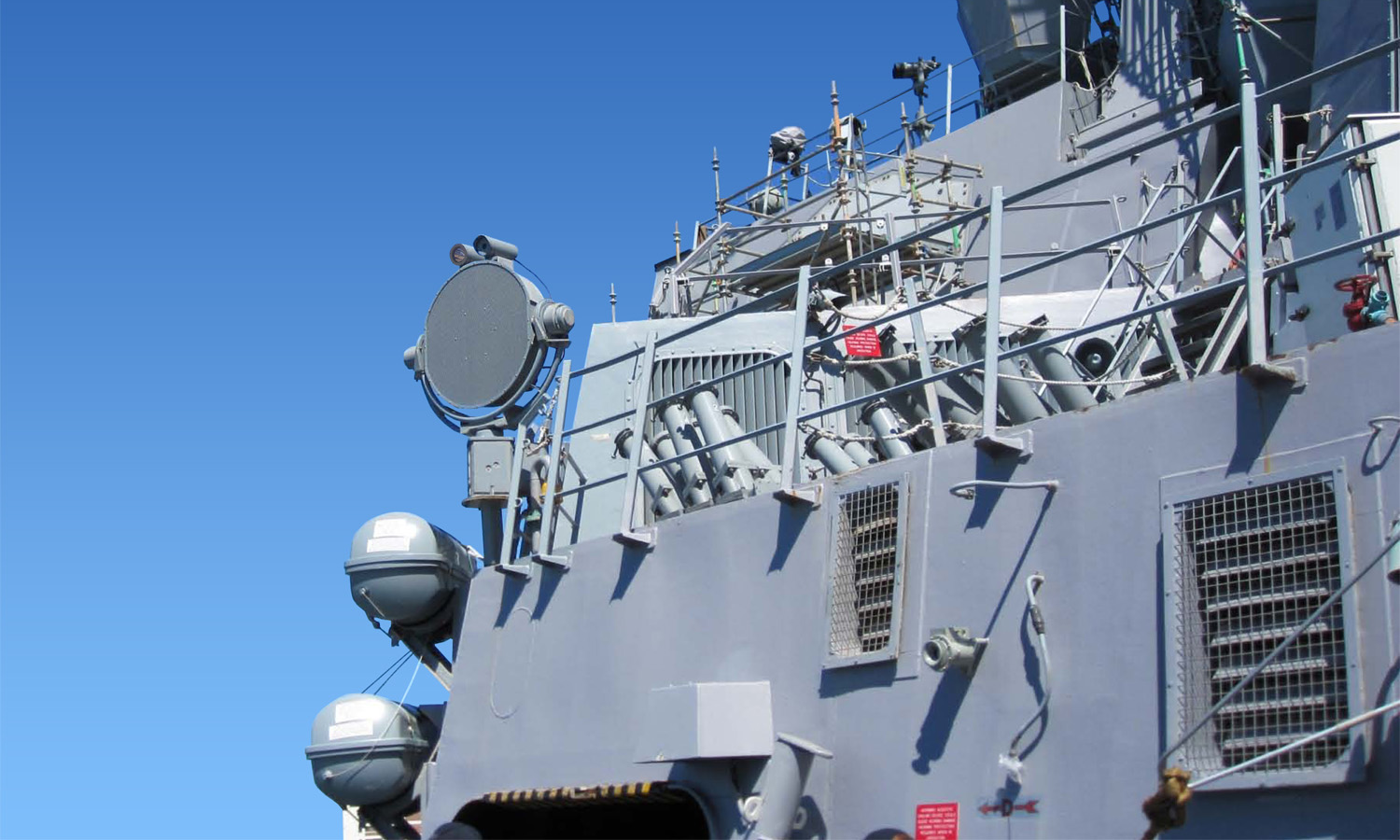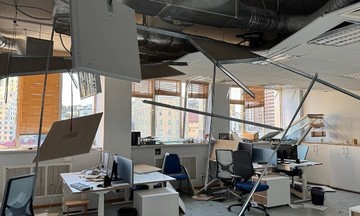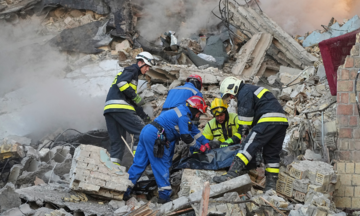Thailand's deputy defense minister, Natthaphon Nakphanich, on 26/8 accused a crowd of Cambodian civilians and soldiers of removing barbed wire deployed by the Thai army in Ban Nong Chan village, Sa Kaeo province, eastern Thailand.
According to Natthaphon, the Thai army's 1st Army Region used a long-range acoustic device (LRAD) to prevent Cambodians from "illegally entering" the village.
 |
The LRAD system deployed by the Thai army on the Cambodian border on 26/8. Photo: Nation |
The LRAD system deployed by the Thai army on the Cambodian border on 26/8. Photo: Nation
Also known as a "sound cannon," the LRAD can emit a focused beam of sound with an intensity of up to 160 dB and transmit it over long distances. For comparison, the sound heard while standing next to a jet engine during takeoff has an intensity of 130-140 dB, while gunfire is approximately 150 dB.
Humans typically feel pain when exposed to sounds louder than 140 dB. However, even brief exposure to sound at 120 dB can cause permanent hearing damage.
According to defense website Eurasian Times, the LRAD was initially designed for communication purposes and was later used as a means of crowd control and dispersal. Additionally, the LRAD can also be used as an "invisible weapon" to harass adversaries in disputes that have not yet escalated to the point of gunfire.
The LRAD was developed after the attack on the USS Cole in 2000, in which Al-Qaeda terrorists used explosive-laden boats to ram the ship, killing and injuring dozens of US Navy personnel.
During the attack, the USS Cole crew tried to use loudspeakers to identify the approaching boats, but it was uncertain whether those on board could hear them. By the time the boats were close enough for both sides to hear each other, it was too late.
The incident led to several policy changes in navies worldwide and spurred the development of the LRAD, enabling crews to effectively issue warnings and communicate from a distance.
The LRAD gained global attention after a cruise ship was attacked by pirates off the coast of Somalia in 2005. The crew used the LRAD to repel the pirates, preventing them from boarding the ship and forcing them to retreat.
This technology has become widely adopted as a primary communication device and is increasingly used for crowd control in both military and civilian settings.
 |
US police stand next to an LRAD system in California in 2016. Photo: AFP |
US police stand next to an LRAD system in California in 2016. Photo: AFP
The LRAD's advantages include its high flexibility, compact size, ease of transport, and ability to be installed in almost any location.
"The LRAD emits directional sound, meaning you can have a normal conversation while standing next to or behind the device. However, anyone standing in the sound beam will experience a significant and painful impact," writes Shubhangi Palve of Eurasian Times.
The LRAD is designed to emit sound at the frequency range most sensitive to the human ear, between 2,000 and 4,000 Hz. This maximizes discomfort for the listener while optimizing energy use.
Although considered a non-lethal weapon, the LRAD can still cause lasting physiological effects. In September 2009, an American woman named Karen Piper suffered permanent hearing damage due to prolonged exposure to the LRAD's sound beam.
Piper subsequently sued the city of Pittsburgh, Pennsylvania, and won. This was a landmark case, as the court recognized that sound could be used as a weapon and cause lasting bodily harm.
 |
An LRAD mounted on a US Navy ship in 2010. Photo: Wikimedia |
An LRAD mounted on a US Navy ship in 2010. Photo: Wikimedia
Earplugs or earmuffs can mitigate the effects of the LRAD but are not sufficient to prevent serious injury. LRAD operators can also be injured when activating the device and are generally advised to use ear protection.
In addition to hearing damage, the LRAD can also harm internal organs if operated at too close a range. Manufacturers typically recommend using the LRAD at a minimum distance of 10-20 m to reduce the risk of harm.
The popularity of LRADs and other sonic weapons has surged since 2016, raising concerns from human health organizations.
Audiology Australia, the representative body for audiologists in Australia, has warned of the risk of permanent hearing loss and other problems associated with these devices. "The misuse of LRADs is a real concern, as they can easily be adjusted to emit sound at high and dangerous intensities," the organization stated.
Pham Giang (Eurasian Times, Conversation)












